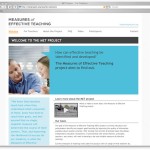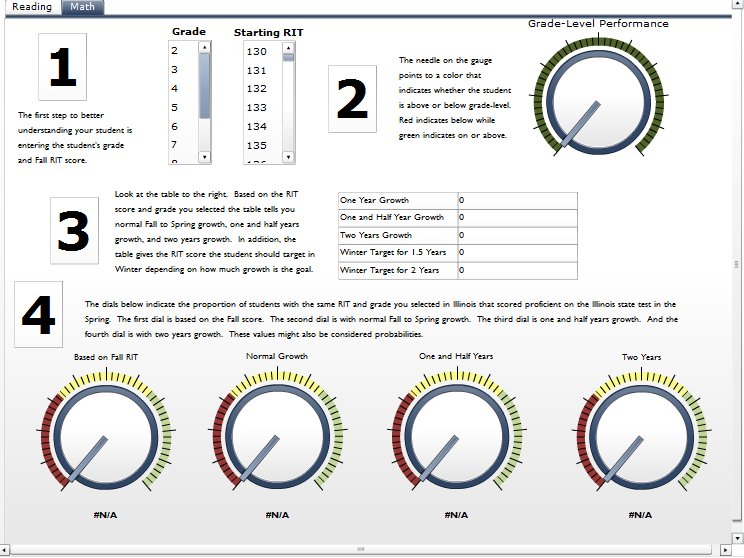 Instructional leadership trumps transformational leadership. In the article “The Impact of Leadership on Student Outcomes: An Analysis of the Differential Effects of Leadership Types” by Viviane Robinson, Claire Lloyd, and Kenneth Rowe they found five specific behaviors that impacted student achievement:
Instructional leadership trumps transformational leadership. In the article “The Impact of Leadership on Student Outcomes: An Analysis of the Differential Effects of Leadership Types” by Viviane Robinson, Claire Lloyd, and Kenneth Rowe they found five specific behaviors that impacted student achievement:
- Establishing goals and expectations.
- Resourcing strategically.
- Planning, coordinating, and evaluating teaching and the curriculum.
- Promoting and participating in teacher learning and development.
- Ensuring an orderly and supportive environment.
Each of these behaviors had measurable effect on student achievement. Below is a description of what each of these practices.
Establishing goals and expectations is described as setting, communicating, and monitoring learning goals, expectations, and the involvement of staff and others in the process so that there is clarity and consensus on goals. Robinson et. al. (2008) found in meta-analysis that the degree of emphasis on clear academic and learning goals had a measurable impact on student achievement. These goals need to be embedded into school and classroom routines to be most effective. These principals need to emphasize communicating goals and expectations, informing the community, and celebrating when achievement does occur.
Resourcing strategically refers to acquiring resources that are aligned with the academic goals of the school. This is not to be confused with the act of bringing money into the school or fundraising. A better interpretation would be how well a principal aligns their resources with their goals. A principal that is data-driven would dedicate some resources to the stated goal of using data to improve instructional outcomes.
Planning, coordinating, and evaluating teaching and the curriculum refers to the personal involvement of the leader in collegial discussions, active oversight of instruction, regular classroom visits and feedback events for the teachers, and ensuring that teachers are progress monitoring students. These leaders are actively looking at how instruction is impacting student achievement.
Promoting and participating in teacher learning and development is described as more than just supporting or sponsoring professional development. The leader must participate, formally and informally, as both a leader and learner. Of the five practices that Robinson et. al. (2008) found impacting student achievement this one had the high effect size. The more active teachers reported that principals were in teacher learning and development, the higher the achievement scores (with background factors controlled for). Teachers in higher performing schools were also more likely to identify their principal as a likely source of instructional advice.
Ensuring an orderly and supportive environment is described consistently enforced discipline codes and social expectations. The more teachers, parents, and students felt safe, comfortable, and cared for the higher students performed (when background factors were controlled). The principal has to be able to also protect teachers from unreasonable pressure from outside forces, including parents and district officials.






